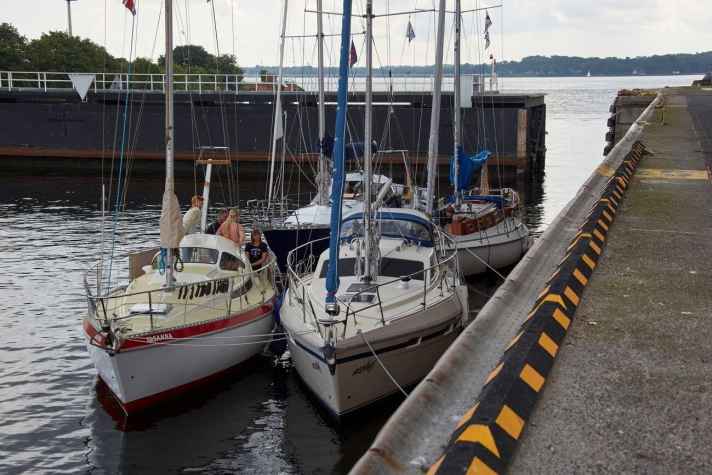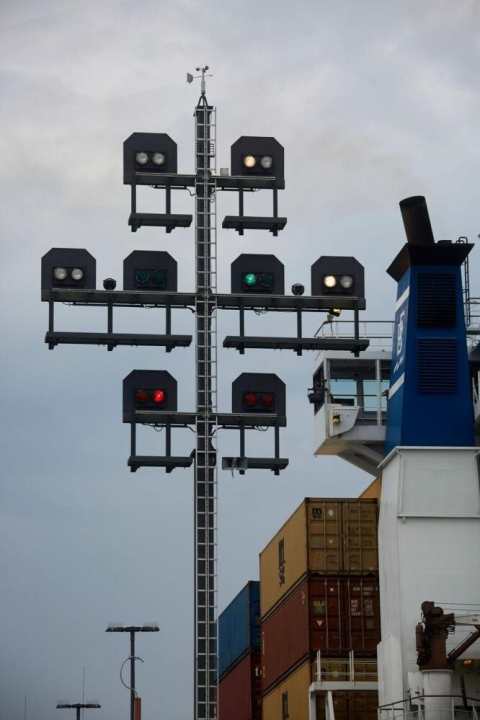
Many skippers will have experienced it before: There is a crowd in front of the lock, the wind and perhaps even the current are in the lock chamber, and then big pots with right of way come rushing in. And what was the difference between two red lights on top of each other and two red lights next to each other? Passing through a lock is often like a little adventure and gets the pulse racing.
Sailors who regularly use the mighty locks at Brunsbüttel and Kiel-Holtenau may no longer be impressed by the entrance to the long chambers with their high concrete walls. And for water sports enthusiasts in Holland and on the North Sea coast, locks are usually part of everyday sailing life. Even those who have travelled via the Swedish Göta Canal with its 60 or so locks or via the French inland waterway to the Mediterranean with more than 150 of these bottlenecks can no longer be so easily put off.

For many other sailors, however, entering a lock chamber is regularly associated with a lot of excitement, tension and nervousness, especially as the structures are not all the same. But whether it's a large sea lock or a small self-service lock, the challenges for the crews are always similar: many boats have to be manoeuvred in a very confined space, the water level changes quickly and there is often the unfamiliar proximity to commercial shipping. A few basic rules can be applied to most locks, which are explained in ten steps. If you take them to heart, you will soon be sluicing like a pro.

You can read about what else to look out for in tidal locks, what lock keepers and experienced skippers advise, what is currently happening at the entrance to the Kiel Canal and the most important lock signals to look up in the new YACHT 18/2017, which is now available at newsagents, in the DK-Shop and digital here.
